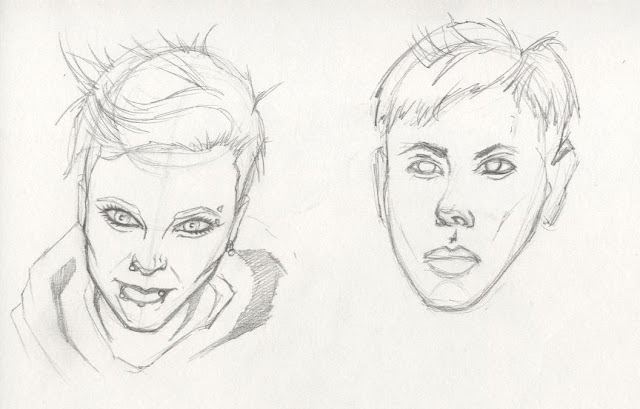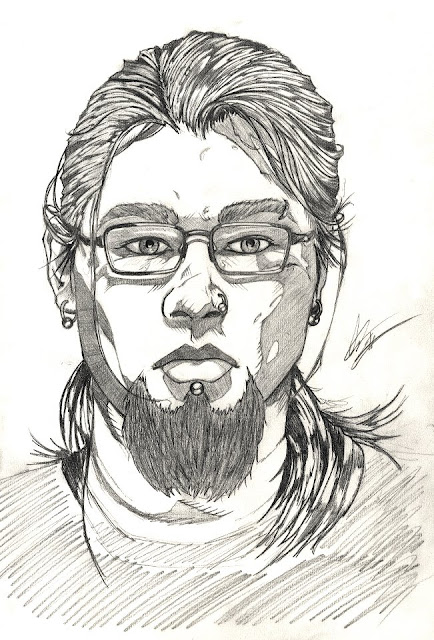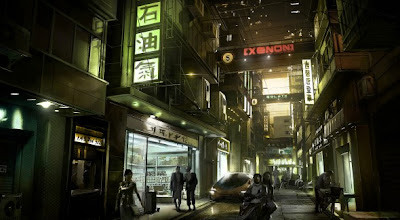 |
| An interesting looking environment |
While playing a game players don't often stop to admire or study parts of the environment unless something has stood out to them, this means it has either been so beautifully it is attention grabbing, or, more likely, it has been poorly and detracts from the believability of the game. In general if the environment is believable it won't stand out and will go undetected, comfortably making the world believable and interesting.
The environment is therefore key to if we really believe the games world or if it stands out to us as wrong. Games have in the past gone both ways on the scale. An example of good environment design is the Bioshock series. The first game is based in the underwater city of Rapture set in the 1960s, the city is left in disarray following a social collapse and a war taking place. You enter the environment through a dramatic decent to the city via a bathysphere. When you get to Rapture the environment is instantly eye catching and stunning. The environment designers on the game did an amazing job of bringing in elements and styles of the 1960s into futuristic ideas and setting. You believe the environment is possible for the time and everything found within is also believable and in keeping.
 |
| Rapture's setting |
The feel of Bioshock is fantastic with the environment and characters really lending to the games enjoyability, there is nothing within Bioshock that stands out as wrong or out of place. Every aspect of the game has been developed and planned to lend itself to Bioshock's story and the events that have taken place. We never get to actually see what happened to Rapture before we got there so the story is told and understood through what we see in the environment, and it works!
 |
| A scene inside Bioshock, easily readable. |
A game that's environment didn't work so well was Stalker. Despite knowing what happened in the game and why the environment had gotten to its current state it just wasn't as believable or enjoyable. The game often felt too large and empty given the way it is played and was later modded to improve that. I found the characters and environment dull, atmospheric and uninteresting. I found myself having to apply alot of user made mods to the game in order to make it playable, which shouldn't be necessary.
 |
| Stalker looking abit bland and boring. |
From what I have read and experienced some general guidelines for environment design would be;
- the environment should guide the player, creating meaningful play
- the environment should communicate the purpose of an area
- the environment should set a believable scene
- the environment should tell the story of the game so the player can understand and assume what has happened without needing to be shown or told
- the environment needs to be interesting and believable and hint to a larger world outside of what the player sees
- the environment should be immerse and avoid things that would disconnect the player from the game


































